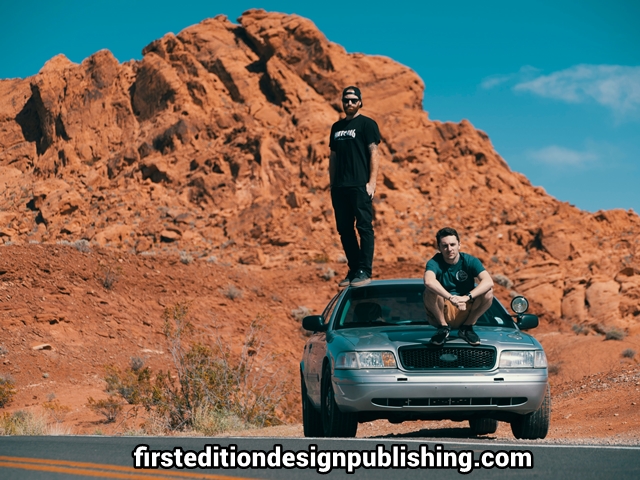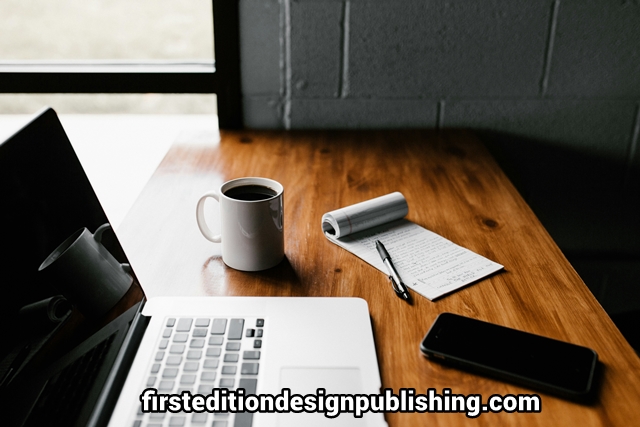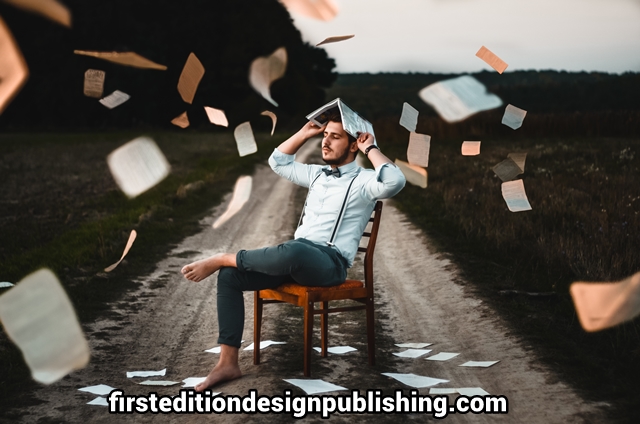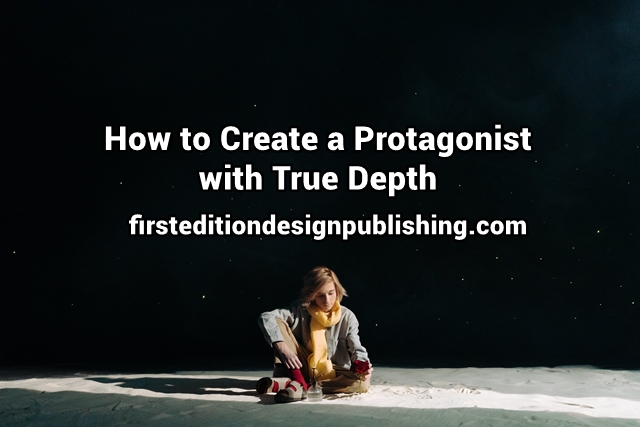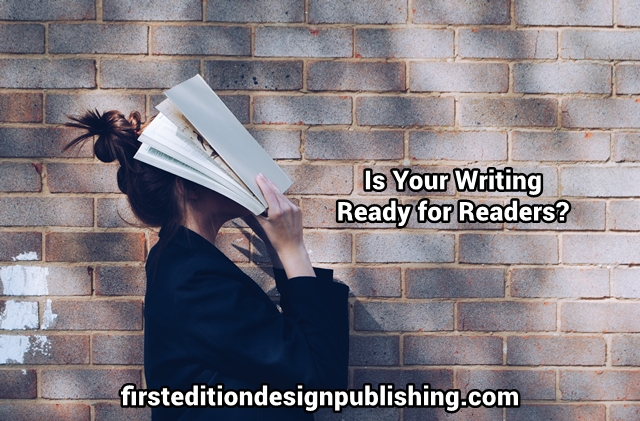
Writing is a unique profession because people find their way to it from so many different careers. Sure, there are those who complete an English degree in school before penning their first book, but there are many more who cut their teeth in other careers before answering the call to write – some as a hobby, and many others who hope to make writing books their full-time gig. Writing on the surface seems like such an approachable art form. Heck, if you can read, you can write, right?
But there is much more to writing a book than good grammar and spelling. Even if you bring strong writing skills with you from another career, tackling writing a full book can be daunting. Fears creep in. Writers I work with always have the same question.
“Is my writing good enough?”
Over the years, and working with thousands of writers, I’ve realized the real question writers want to know is:
“Will readers get my story?”

Note: Even if you, the writer, tell the world you’re writing this book for yourself, and you convince yourself that you don’t care if anyone ever reads it, or appreciates it – most writers I meet have these secret wishes
- That their work will be found, read, loved, and shared.
- That their book will take on a life of its own and catch on like wildfire.
Many writers are tempted to skip the steps needed to get their books to the level of readiness needed to reach these goals, because when you read your own writing, it reads like your awesome idea playing out in your own mind. To understand how that clouds a writer’s judgment, let’s compare becoming a competent writer to mastering other art forms.
What if you decided to become a painter?
If you decided to share your message with a painting, instead of in a book, could you sit down and replicate the Mona Lisa without ever having picked up a paintbrush? I know I couldn’t. The Mona Lisa attempt I could make on my first try would look more like a stick figure or a semi-smiling emoji with a bad haircut. I’ve never trained as an artist, so I wouldn’t expect my first try to be expert level.
What if you were asked to dance?
Or, let’s say you get invited to dance as the Sugar Plum Fairy in The Nutcracker on stage tonight. Could you do that dance justice, even if you’ve trained as a dancer but were only shown the choreography this afternoon? I took ballet for years as a kid (though never got to the Sugar Plum Fairy level) and you wouldn’t catch me up on that stage, because I’d trip, I’d fall, and probably forget the steps more than once. If you’d paid to watch my performance, you’d probably throw tomatoes at the stage.
It’s obvious that you can’t become a proficient painter or dancer overnight, without any training or practice. The same is true of writing, but with one difference that makes it easy to think you can. Reading back your own writing relies on imagination. And because you love your book’s idea, and know what you hope your reader will feel, your brain fills in all this extra information as you read, even when it’s not actually on the page. So you experience the Mona Lisa you set out to write, even though what’s on your page may only be stick figures.
If your book gets published at this stage, readers may give your rendition of the dance of the Sugar Plum Fairy a lousy one star review, instead of rating it the 5 star performance you experience in your mind when you read your own work.
Don’t be discouraged, though. I can guarantee your idea is good enough to get a 5 star review from your ideal reader. It’s kept you going, you finished your draft. And readers will love it too, if you take the time to learn the skills needed to let them see the Mona Lisa you dreamed up.
How can you get some distance from your own writing, so that you can find the stick figures and turn them into masterpieces?
Get External Feedback

Skip friends and family for this step. They love you and have heard all about your writing dreams. They are proud of all the work you’ve put in and will read your work with rose colored glasses, giving you rave reviews. They might even see the Mona Lisa. Instead:
- Work with a Critique Partner. These wonderful writers will give you the feedback you need on your book, usually in exchange for feedback on their writing.
- Hire an Editor or Book Coach that specializes in the kind of book you’re writing. Investing in a professional’s time to help you level up your writing is an important step to make sure your book doesn’t fall flat.
- Get feedback from Beta Readers. Ask readers who love books like yours for their reactions. Their feedback might just be the key you need to take your book to 5 star status.
Set aside time and energy to learn the writing skills that will make your book sing .
Don’t buy into the myth that writers are born with talent, or not. If your first draft isn’t ready to publish? That’s normal. Expected, even. Know that in writing, just like other forms of art, or when learning a new profession, there are skills to learn, and you are capable of learning them.
If you’re reading this on the Writers Helping Writers’ blog, you’ve come to the right place to learn and practice the skills you need to make your book worthy of a standing ovation.
The world needs YOUR story. Making sure you’ve given yourself the skills to write it in a way that readers will read, love, and share it with others will be worth the effort, so dig in and learn from as many community members as you can while you’re here.
by SUZY VADORI
Source: writershelpingwriters.net
Visit us at First Edition Design Publishing
